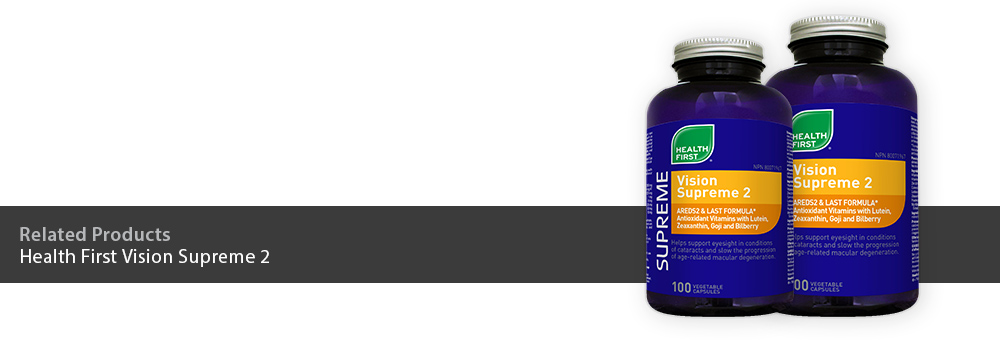

Take a Second Look!
Each of our five senses – touch, taste, smell, hearing and sight – is a precious gift that helps us experience the joys of life. When asked which sense we would be most afraid to lose, however, the majority of people would immediately say “sight.” Sight brings us out of the darkness and allows our brain to perceive the beauty, colour and emotions of our surrounding world.
For many Canadians, the risk of losing their visual ability is all too high. The name of this threat is age-related macular degeneration or AMD.
AMD is a condition of the eye that affects adults as they age. The condition causes damage to the retina which can result in a loss of vision in the center of the visual field (the macula). Macular degeneration can make reading, watching television or recognizing faces difficult, often leaving only enough peripheral vision to conduct other activities of daily life. AMD is the number one cause of vision loss in Canada, affecting over one million Canadians and over one-third of the population between 55 and 74. 1
What can we do to reduce our risk of vision loss? Avoiding smoking, reducing our exposure to pollution, lowering stress levels, wearing UV protective sunglasses and making sure we eat a diet rich in fruits and vegetables can help.
Another way to reduce our risk is through supplementation of vitamins and carotenoids. Studies on the prevention of dry AMD with antioxidants have shown that a specific combination can reduce incidence of AMD in high risk patients by an incredible 25%. This was the conclusion of the largest eye nutrition study ever conducted – the Age-Related Eye Disease Study (AREDS).
AREDS closely followed 4,500 participants with varying stages of AMD. The results showed that the AREDS formulation, while not a cure for AMD, may play a key role in helping people at high risk for developing advanced AMD keep their remaining vision. The daily dose of vitamins and minerals evaluated was beta carotene (25,000 IU), vitamin C (500 mg), vitamin E (400 IU), zinc (80 mg) and copper (2 mg). AREDS-inspired formulations have been recommended to millions of Canadians at risk of AMD by eye professionals for the last fifteen years.
In the years following the breakthrough AREDS study, research continued. One of the goals of the follow-up studies was to replicate the impressive prevention results of the AREDS formula, while making it even safer. Unrelated studies had raised concerns that beta carotene, a vitamin in the AREDS formula, might raise the risk of cancer in patients that smoke. Was there a way to substitute beta carotene with other antioxidants? Also, the AREDS formula was developed with a high potency of the mineral zinc. High zinc levels have been known to affect urinary comfort – could this level be reduced?
The follow-up study, known as AREDS2, looked at these issues. Completed in 2013, it found that the benefits of the original AREDS formula could indeed be achieved without beta carotene and with a lower level of zinc. The new formula did this by adding a combination of two powerful, natural marigold-source antioxidants, known as lutein and zeaxanthin (10 mg and 2 mg per day, respectively). The AREDS2 study concluded that the formula with lutein and zeaxanthin is even more effective than the original AREDS formula in those who have low dietary intake of leafy green vegetables.
Health First® brand’s Vision Supreme 2 is a new vision supplement based on the AREDS2 research. It meets and exceeds the requirement for lutein and zeaxanthin evaluated in the AREDS2 study, without the use of beta carotene and with a reduced level of zinc. Vision Supreme 2 also contains other natural antioxidants such as bilberry and goji berry.
Vision Supreme 2 formula’s list of benefits includes:
- Helping to maintain eyesight and support eye health in conditions (associated with sunlight damage), such as cataracts and age-related macular degeneration.
- Helping to slow the progression of disorders of the eye, such as diabetic and hypertensive retinopathy, and macular degeneration.
If you are serious about preserving your vision, Vision Supreme 2 is the clear choice as Canada’s best clinically-proven eye supplement.
Available in easy-to-swallow vegetable capsules.

